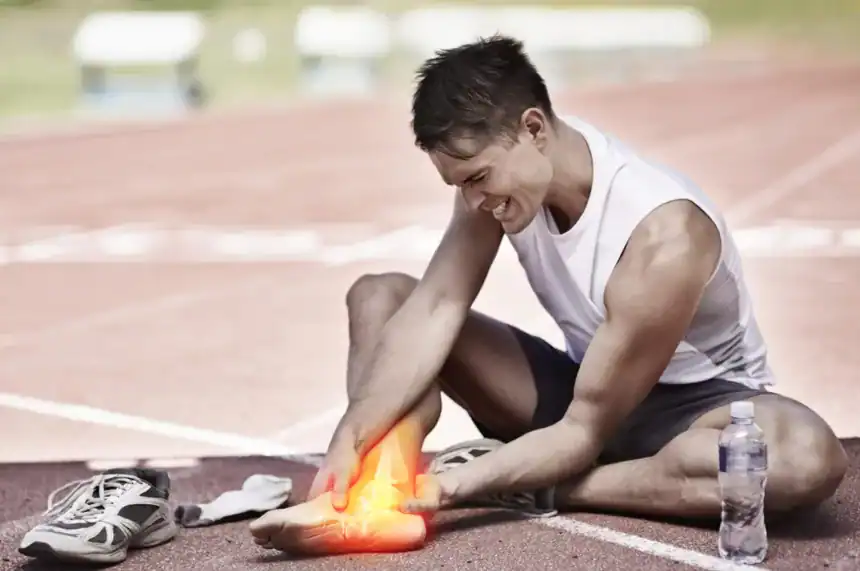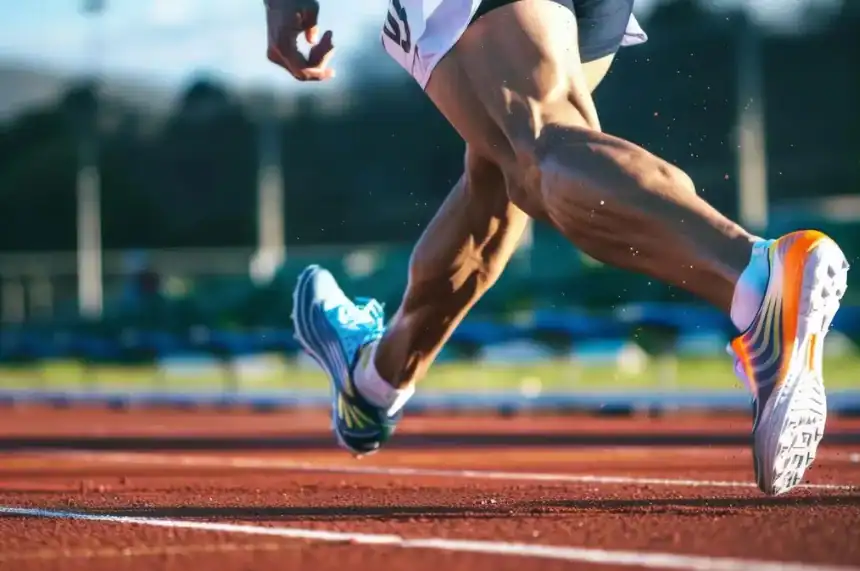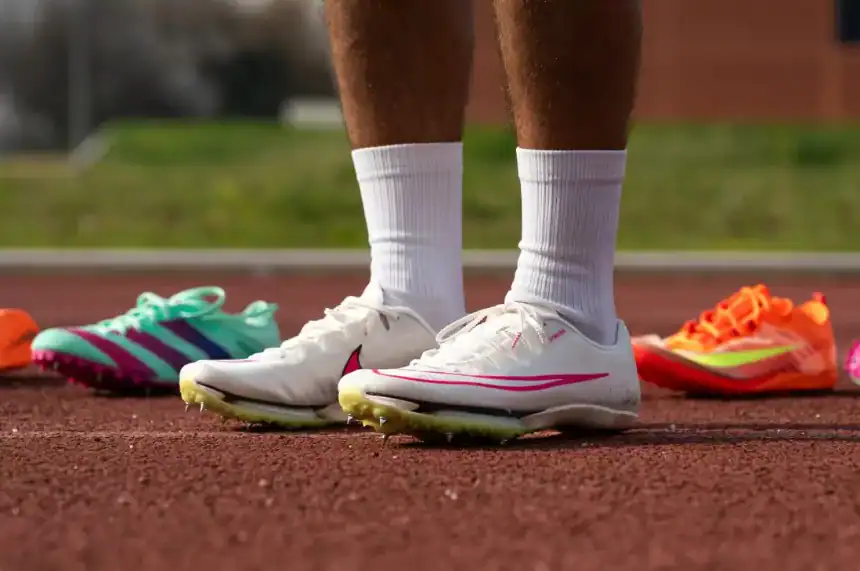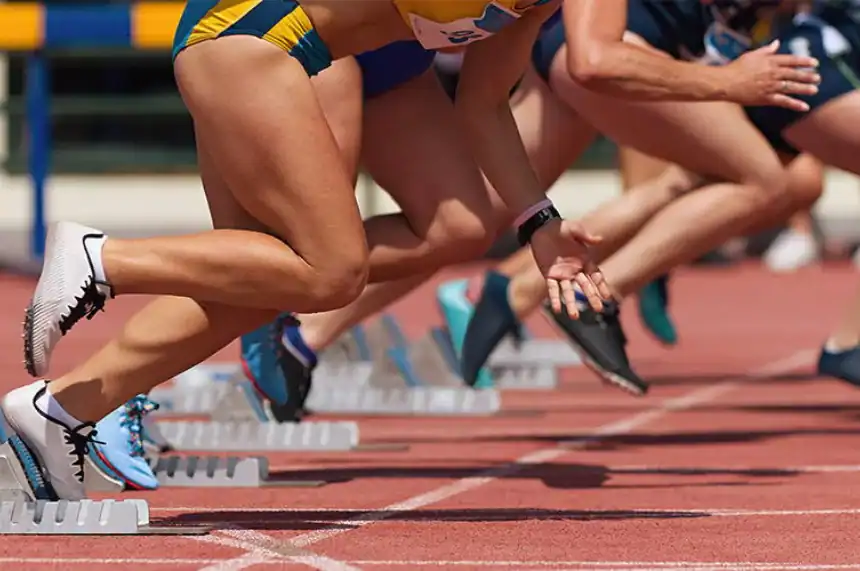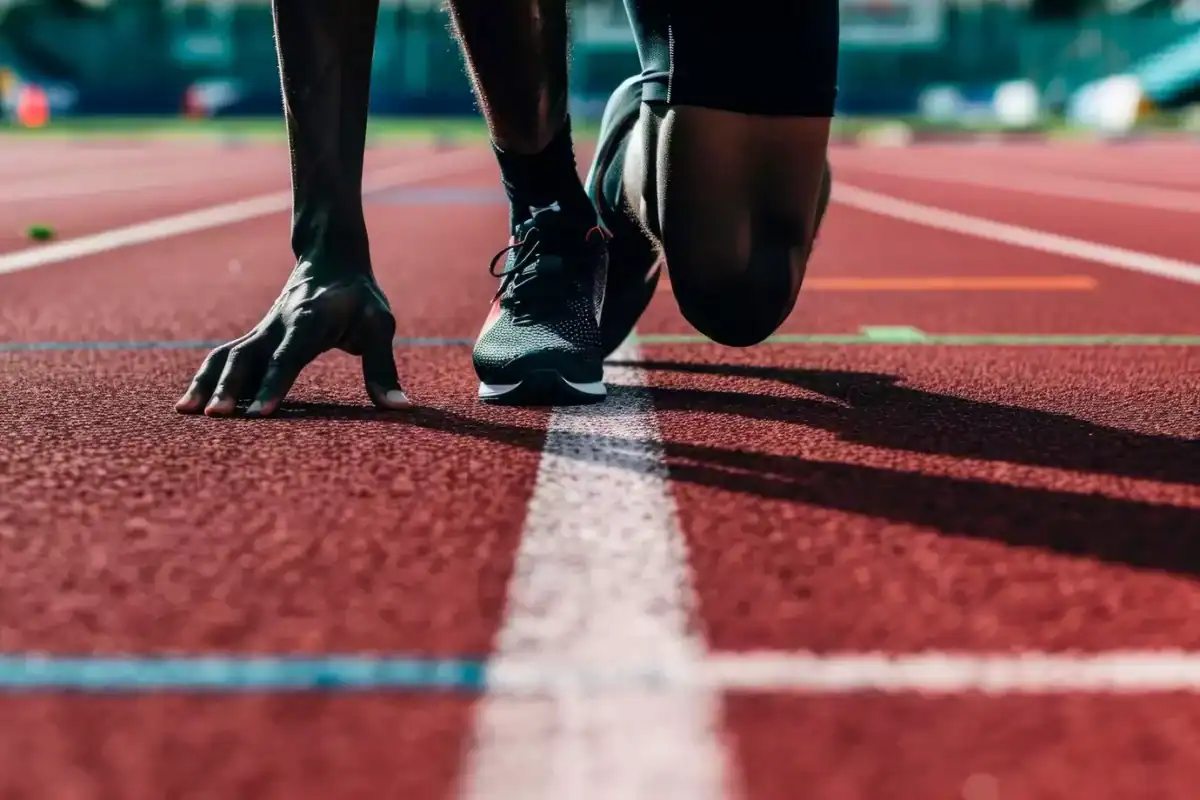Athletic success fundamentally relies on the process of recovery. For track athletes, rigorous training regimens challenge the body significantly, necessitating adequate recovery to improve performance, avert injuries, and ensure long-term stamina. Numerous athletes concentrate exclusively on their training, frequently neglecting the critical role of recovery techniques. Nevertheless, the implementation of effective recovery strategies can be pivotal in determining whether an athlete experiences continuous advancement or encounters obstacles.
This article explores top recovery tips for track athletes to optimize their post-training routine and ensure peak performance.
1. Prioritize Proper Hydration
Proper hydration is essential for optimal muscle performance, energy maintenance, and comprehensive recovery. Athletes experience considerable fluid and electrolyte loss through perspiration during rigorous training sessions. Restoring these lost fluids is vital for sustaining muscle efficiency and mitigating the risks of cramps, dizziness, and fatigue.
Hydration Tips:
- Drink water consistently throughout the day, not just after training.
- Include electrolyte-rich drinks post-workout to restore sodium, potassium, and magnesium levels.
- Monitor urine color—pale yellow indicates good hydration, while dark urine signals dehydration.
- Avoid excessive caffeine or sugary drinks, as they can contribute to dehydration.
2. Optimize Nutrition for Faster Recovery
Nutrition is essential for muscle recovery and the restoration of energy levels. Ingesting appropriate nutrients at optimal times enhances the recovery process and readies the body for subsequent training sessions.
Key Nutritional Guidelines:
- Protein Intake: Protein consumption is essential for the repair and development of muscle tissue. It is advisable to consume between 20 to 30 grams of protein within 30 to 60 minutes following a training session.
- Carbohydrates: Carbohydrates play a crucial role in restoring glycogen levels, which are vital for maintaining energy during prolonged activities. It is beneficial to include complex carbohydrates such as oats, quinoa, and sweet potatoes in your diet.
- Healthy Fats: Healthy fats contribute to the management of inflammation and the maintenance of joint health. Incorporating foods like avocados, nuts, and fatty fish into your meals can be advantageous.
- Antioxidant-Rich Foods: Foods rich in antioxidants are effective in mitigating muscle inflammation. Including items such as berries, dark leafy greens, and nuts in your diet can support recovery and overall health.
3. Incorporate Active Recovery
Active recovery consists of engaging in low-intensity physical activities that enhance blood flow, facilitate the removal of lactic acid, and help avert muscle stiffness.
Effective Active Recovery Strategies:
- Engage in light jogging or cycling for a duration of 10 to 15 minutes following training sessions.
- ncorporate yoga and stretching exercises to promote flexibility and facilitate relaxation.
- Utilize foam rolling and self-myofascial release techniques to alleviate muscle tightness and enhance mobility.
- Participate in swimming activities to support low-impact muscle recovery.
4. Prioritize Sleep and Rest
Sleep is one of the most powerful recovery tools. During deep sleep, the body releases growth hormones responsible for tissue repair and muscle recovery.
Sleep Optimization Tips:
- Strive for 7 to 9 hours of restorative sleep each night.
- Establish a regular bedtime routine to help stabilize your sleep schedule.
- Avoid electronic devices for at least 30 minutes prior to bedtime to minimize blue light exposure.
- Incorporate relaxation methods such as meditation or deep breathing exercises to enhance sleep quality.
- Ensure your sleep environment is conducive to rest by maintaining a comfortable temperature and minimizing noise.
5. Utilize Cold Therapy and Heat Therapy
The application of cold and heat therapies has proven to be beneficial in alleviating muscle soreness and enhancing the rate of recovery.
When to Use Cold Therapy (Ice Baths, Cryotherapy):
- After intense workouts to reduce inflammation.
- To minimize muscle soreness and swelling.
- Recommended 10-15 minutes of exposure.
When to Use Heat Therapy (Hot Showers, Saunas):
- Before training to increase blood flow and loosen muscles.
- After the initial recovery phase to promote relaxation.
- Helps reduce stiffness and improve mobility.
6. Massage and Recovery Tools
Massage and self-myofascial release techniques help improve circulation, reduce muscle tightness, and accelerate recovery.
Recovery Tools and Techniques:
- Foam rollers: Break up muscle adhesions and improve mobility.
- Massage guns: Provide targeted deep tissue relief.
- Sports massages: Enhance blood circulation and reduce muscle stiffness.
- Compression therapy: Improves blood flow and reduces swelling in the legs.
7. Monitor Training Load and Listen to Your Body
Overtraining can lead to fatigue, injuries, and burnout. Balancing intense workouts with proper recovery is essential for long-term progress.
How to Manage Training Load:
- Track training intensity using heart rate monitors or perceived exertion scales.
- Allow for rest days or deload weeks to prevent overuse injuries.
- Listen to warning signs like chronic fatigue, prolonged soreness, or decreased performance.
- Work with a coach to adjust training plans based on recovery needs.
8. Mental Recovery and Relaxation Techniques
Mental stress can impact physical recovery. Developing a strong mental recovery strategy is crucial for maintaining motivation and reducing performance anxiety.
Mental Recovery Techniques:
- Meditation and mindfulness: Helps athletes stay focused and calm.
- Deep breathing exercises: Reduces stress and improves oxygen flow.
- Journaling and reflection: Allows athletes to assess training progress and mindset.
- Engaging in hobbies: Taking breaks from training-related activities can improve overall well-being.
9. Compression Gear and Recovery Clothing
Wearing compression garments post-workout can help reduce muscle soreness and promote faster recovery.
Benefits of Compression Gear:
- Enhances circulation and oxygen delivery to muscles.
- Reduces muscle vibration and post-workout swelling.
- Provides support for joints and reduces injury risk.
10. Consistency is Key: Making Recovery a Habit
Recovery should not be an afterthought—it must be integrated into an athlete’s daily routine. Consistently implementing these recovery strategies ensures long-term performance gains and injury prevention.
Final Tips for Long-Term Recovery Success:
- Keep a recovery journal to track hydration, nutrition, sleep, and training intensity.
- Develop personalized recovery plans based on training demands.
- Stay proactive by scheduling regular check-ins with a coach or sports therapist.
Conclusion
Recovery is just as important as training for track athletes. By prioritizing hydration, nutrition, active recovery, sleep, and mental well-being, athletes can optimize their performance and longevity in the sport. Implementing these top recovery tips consistently will lead to faster muscle repair, reduced injury risk, and improved overall endurance.
Start integrating these recovery techniques into your routine today and take your track performance to the next level!



